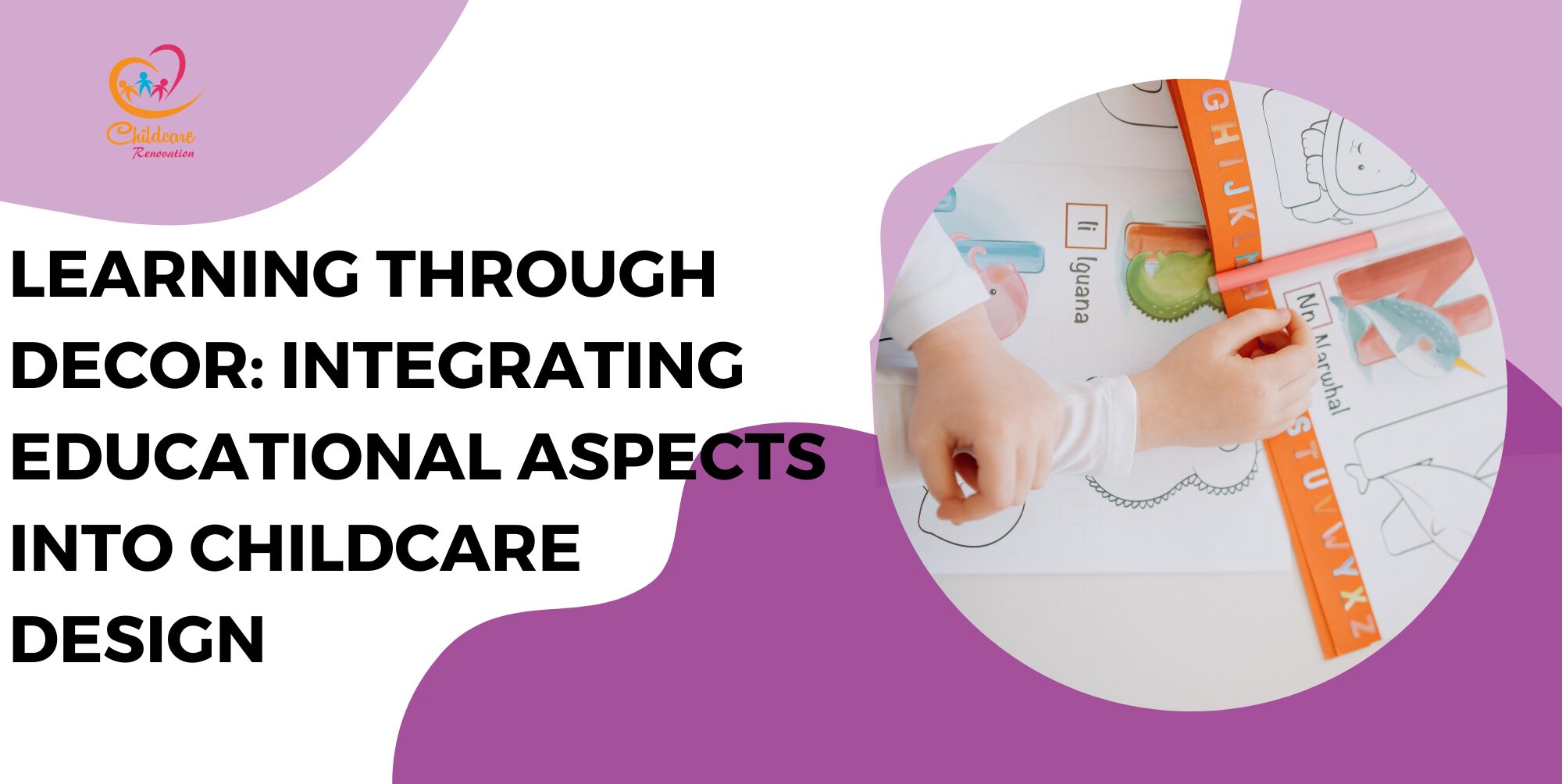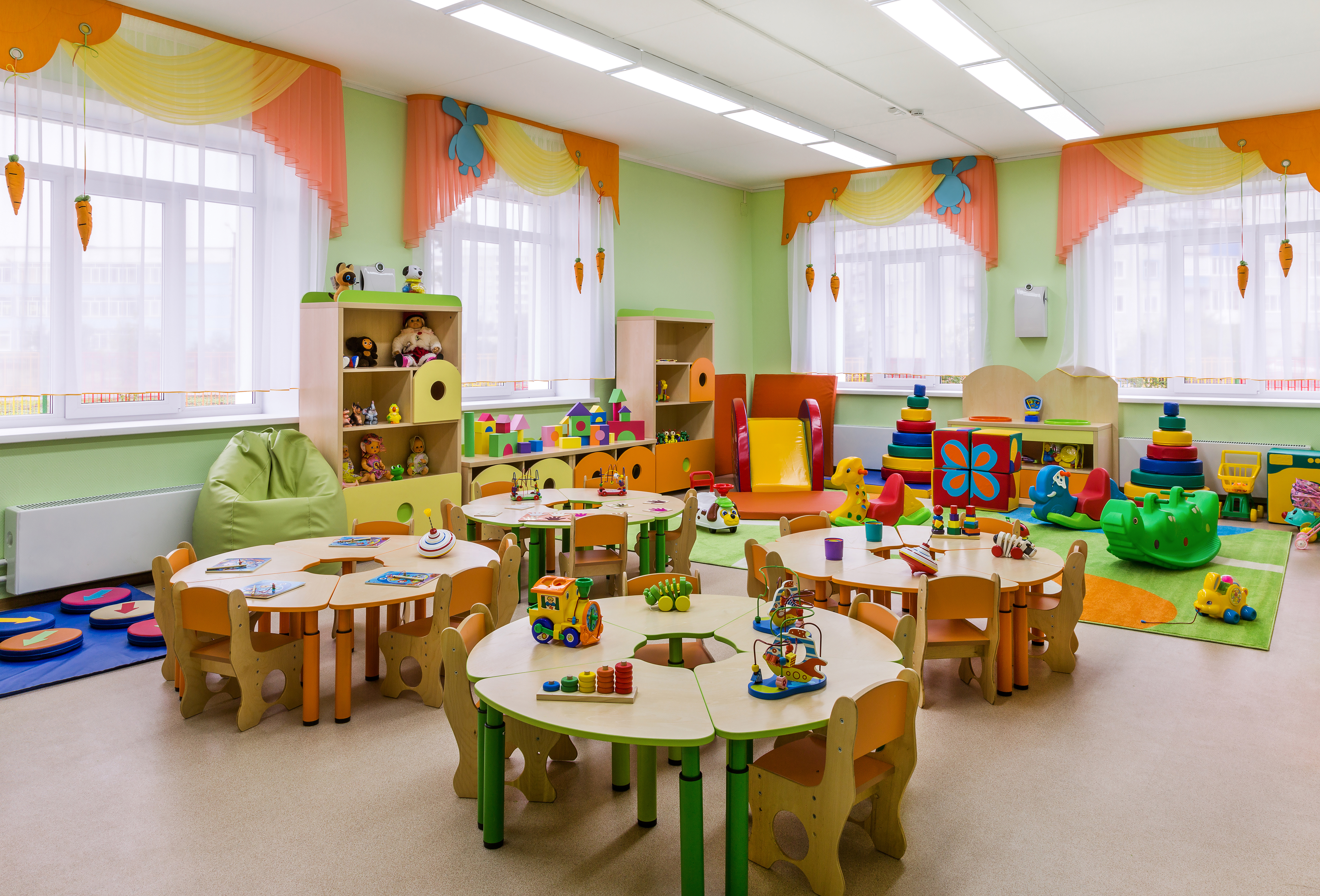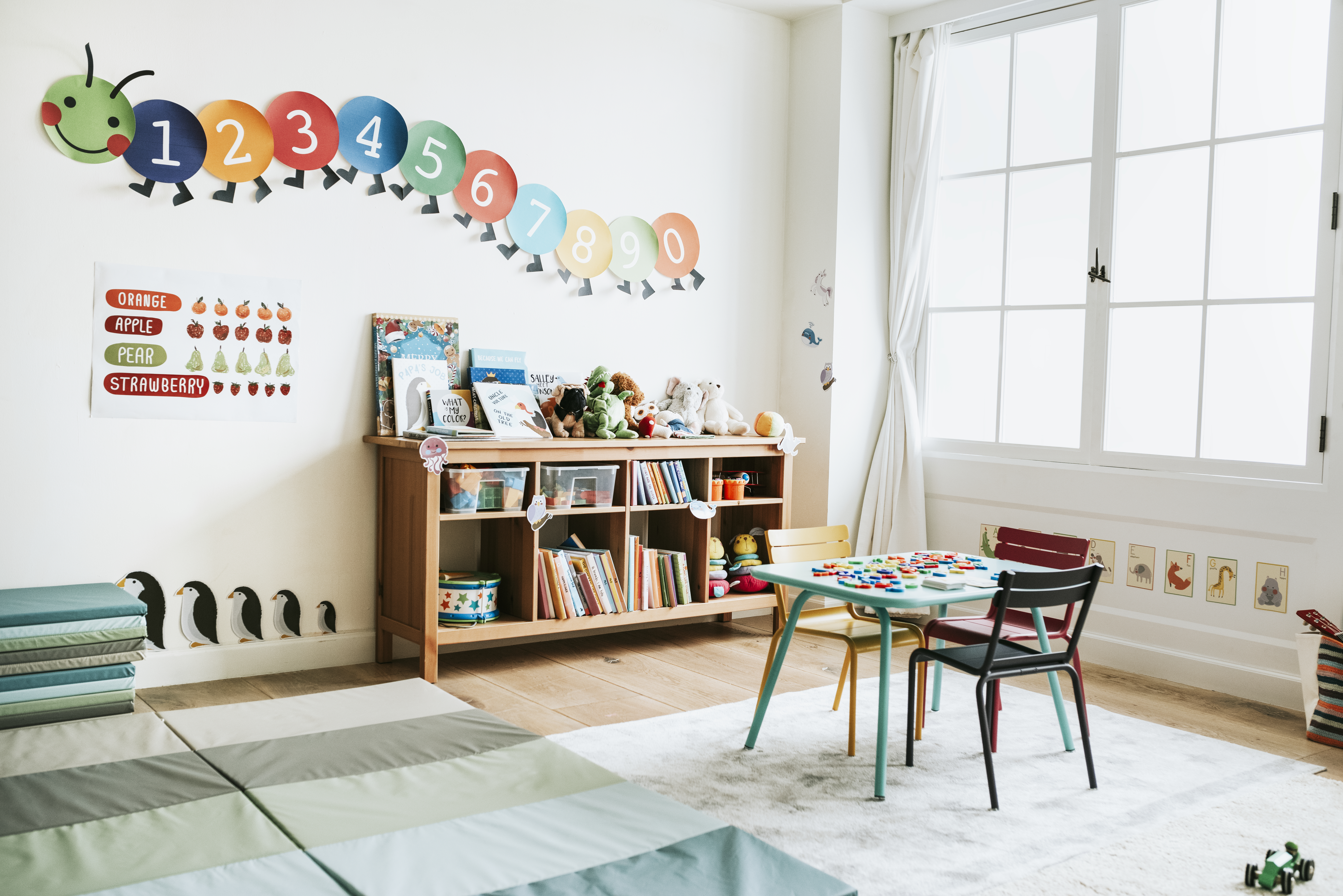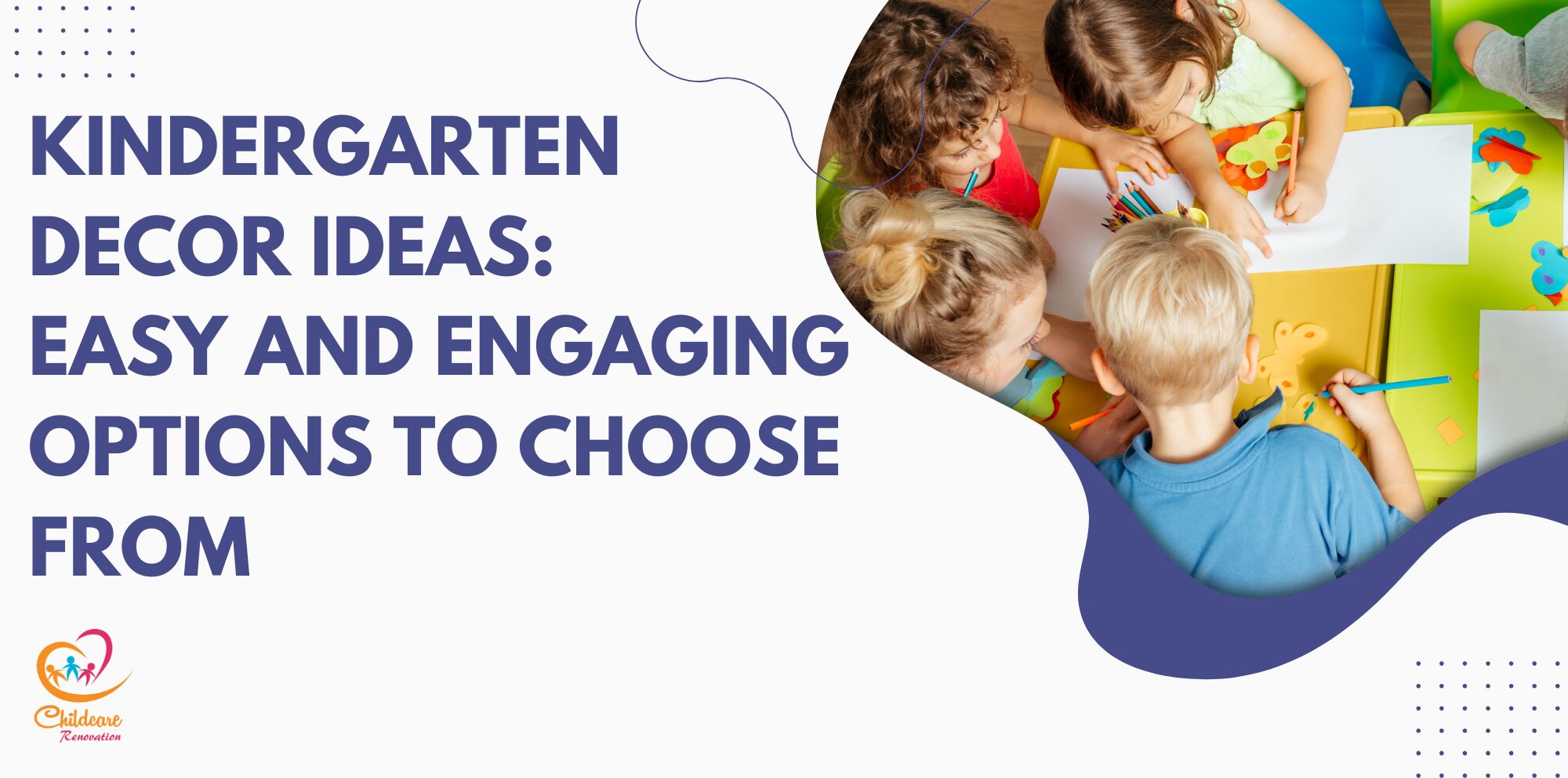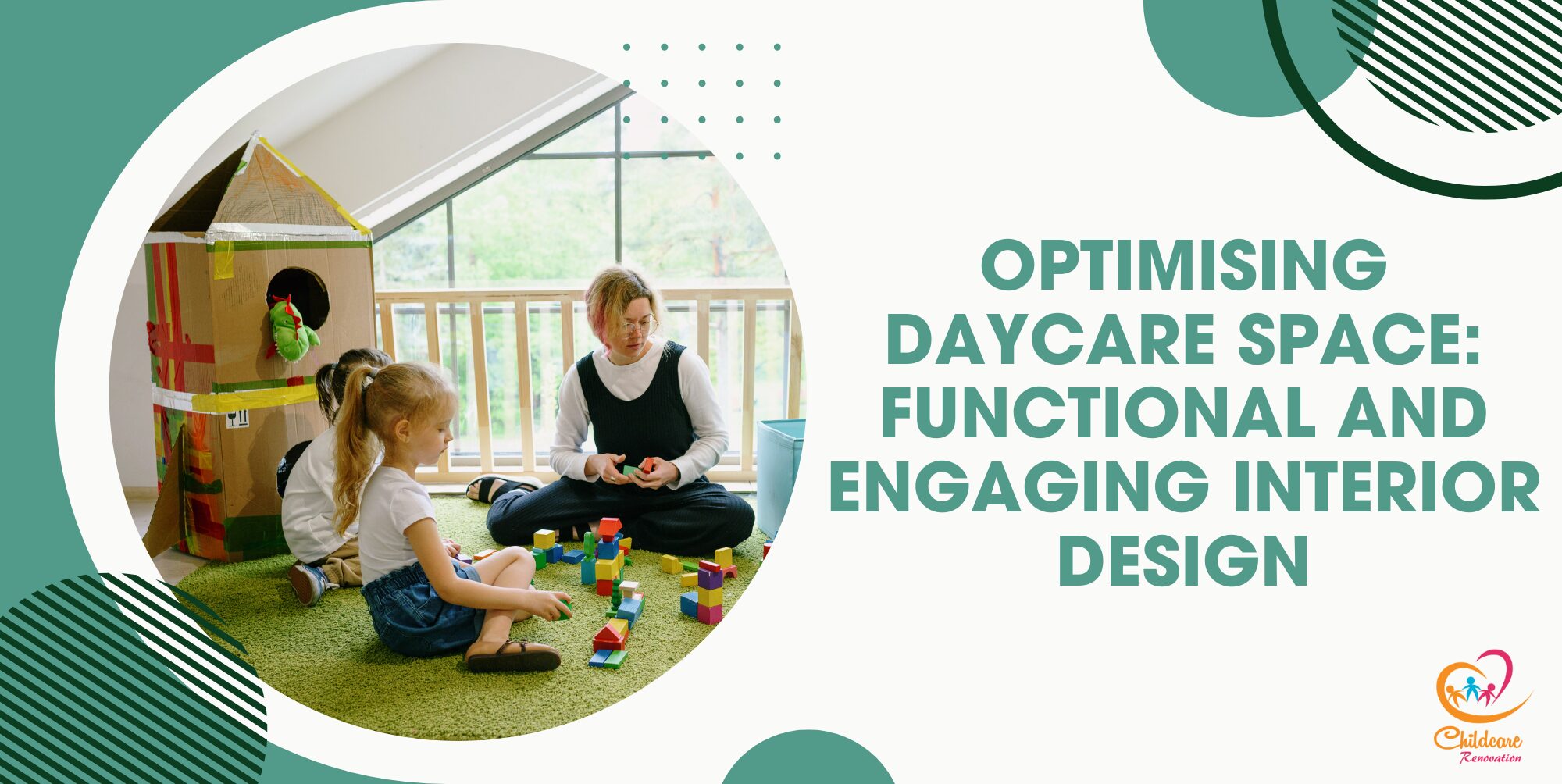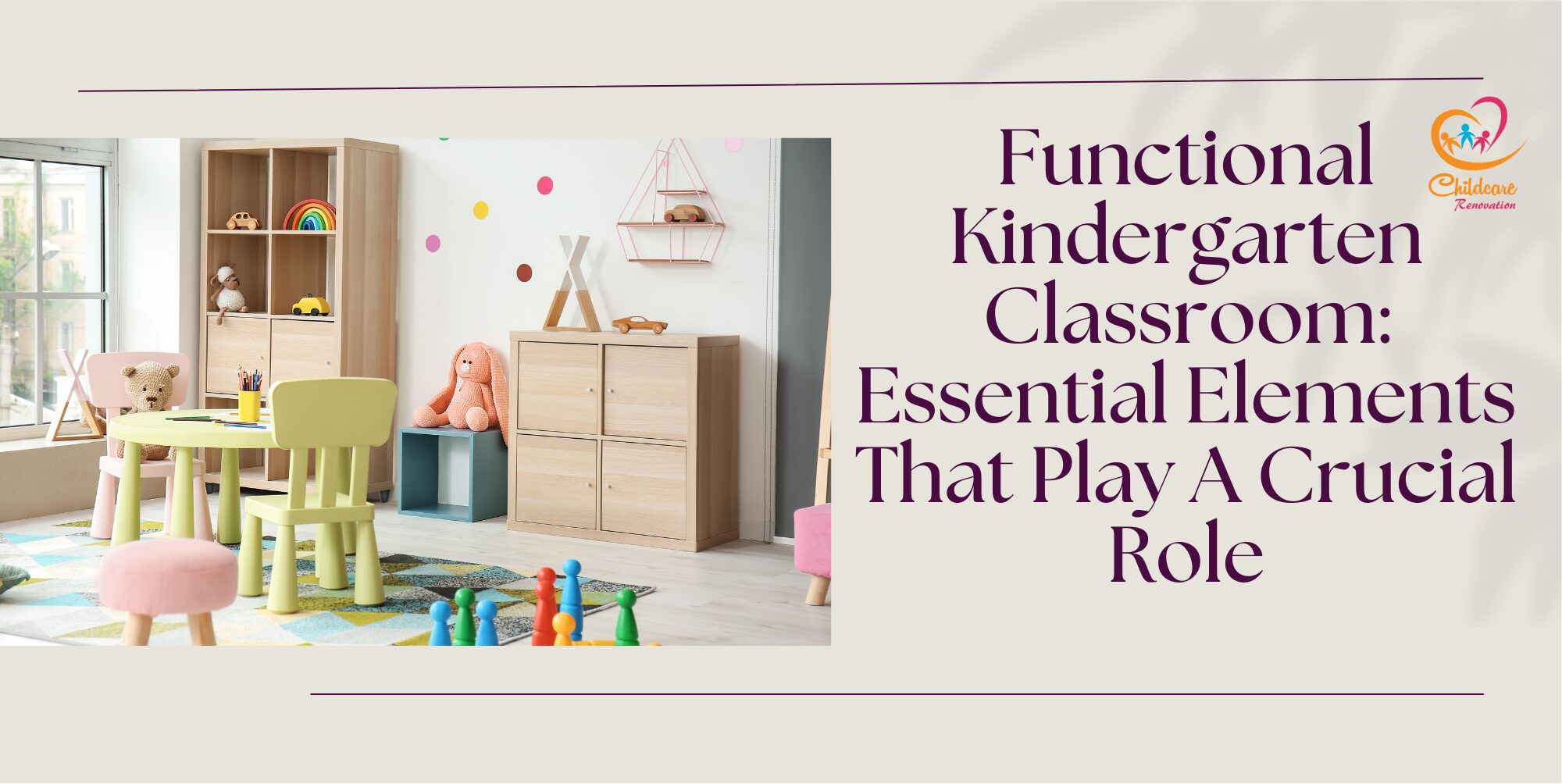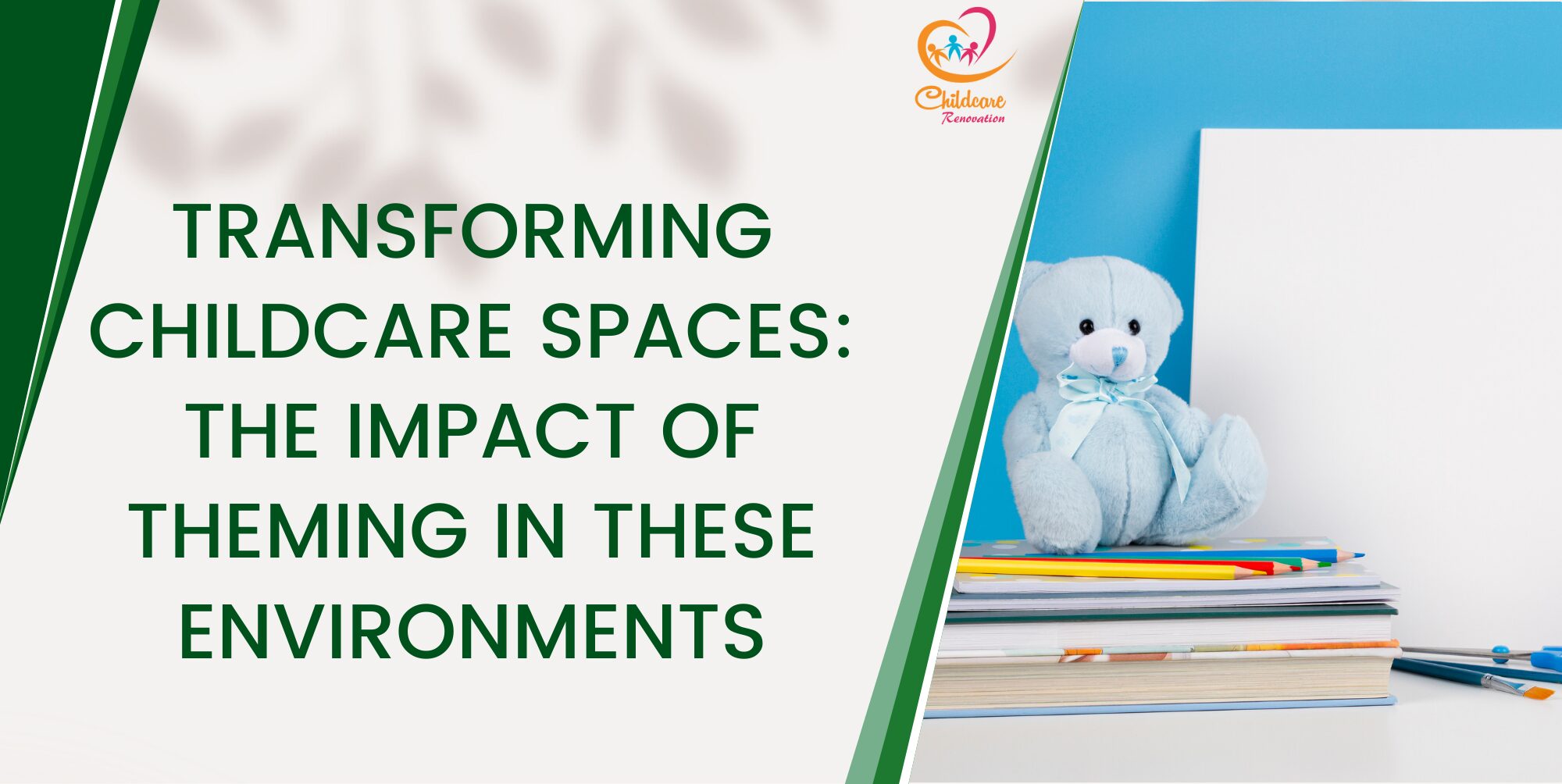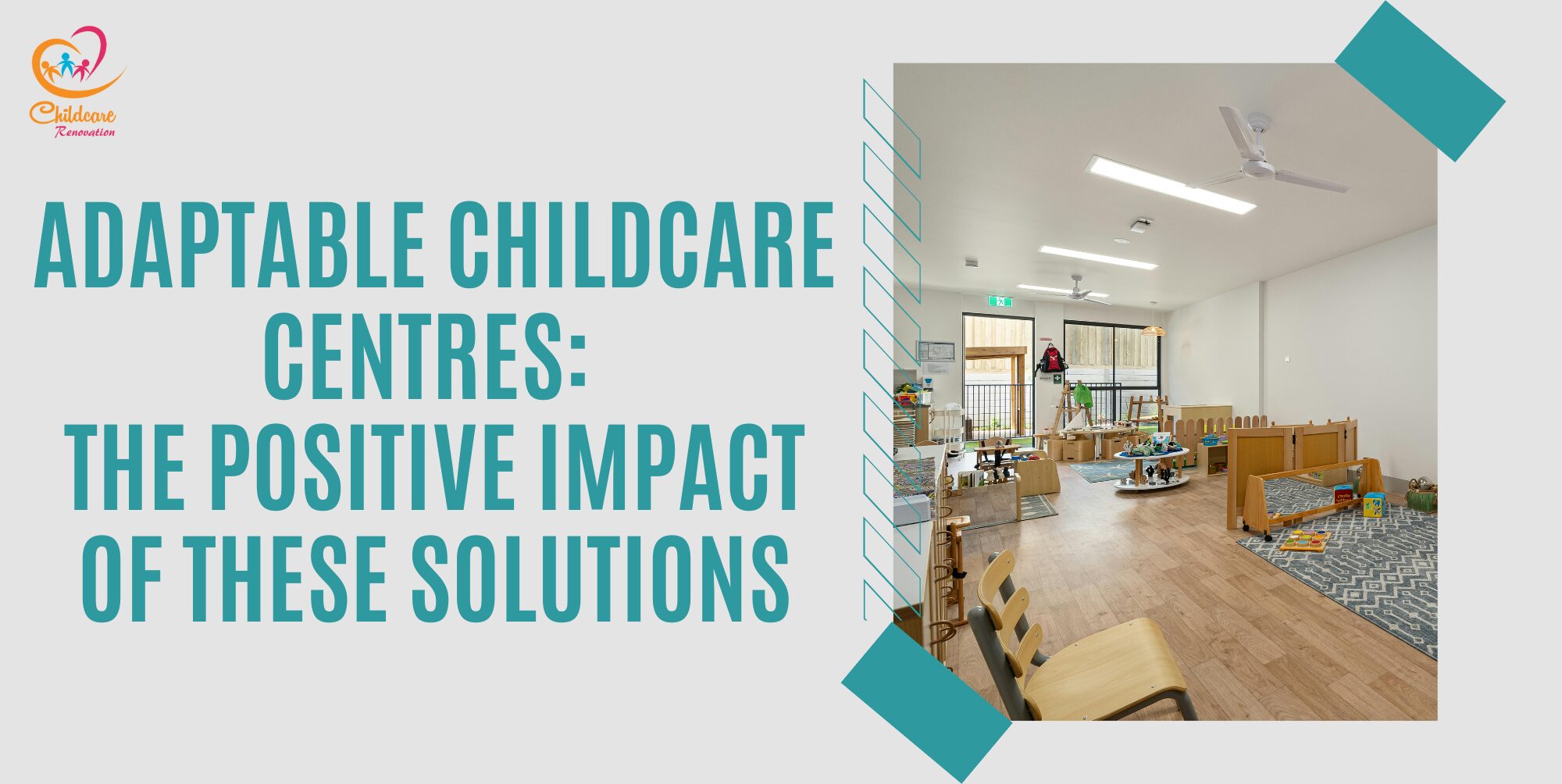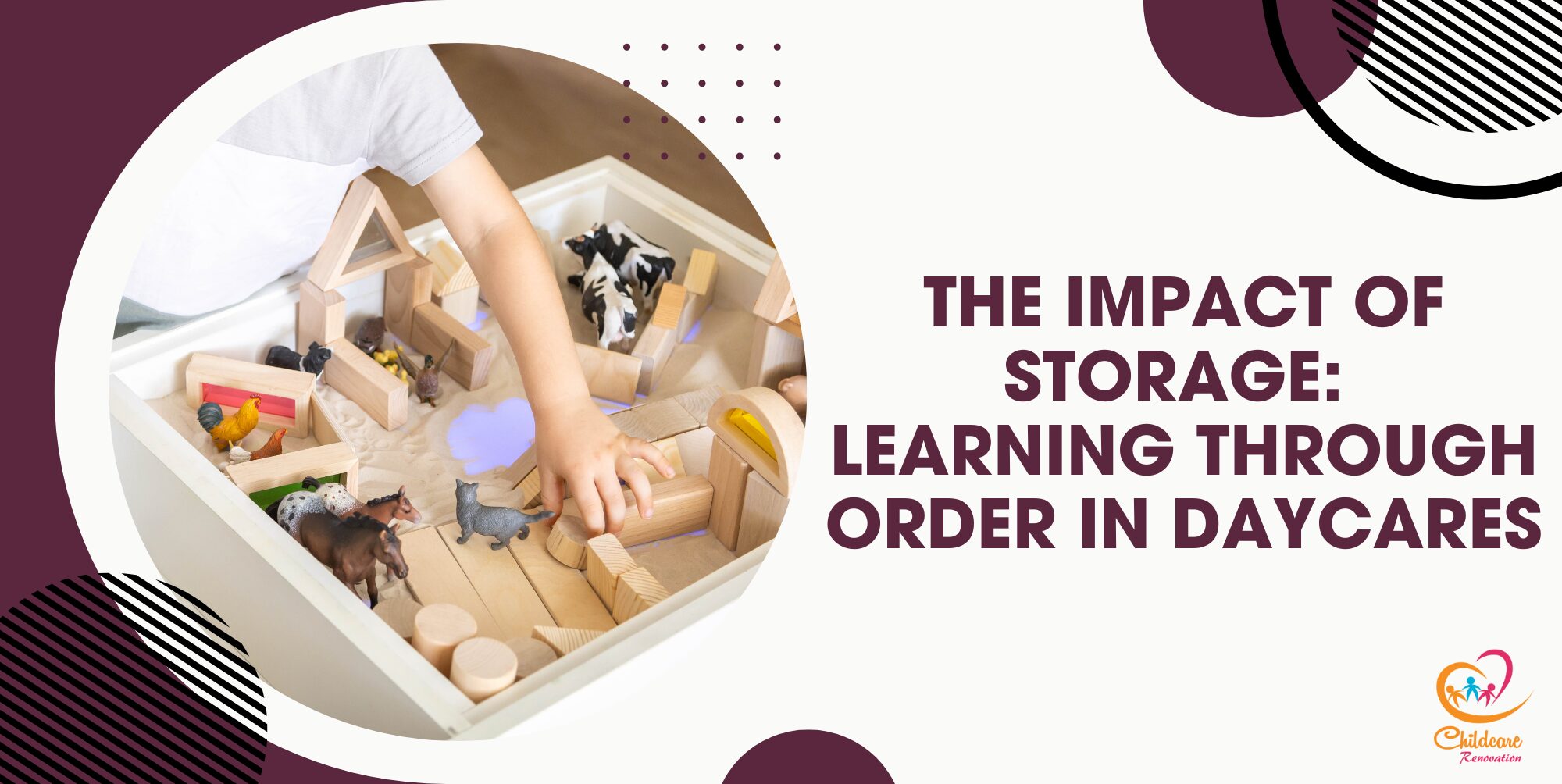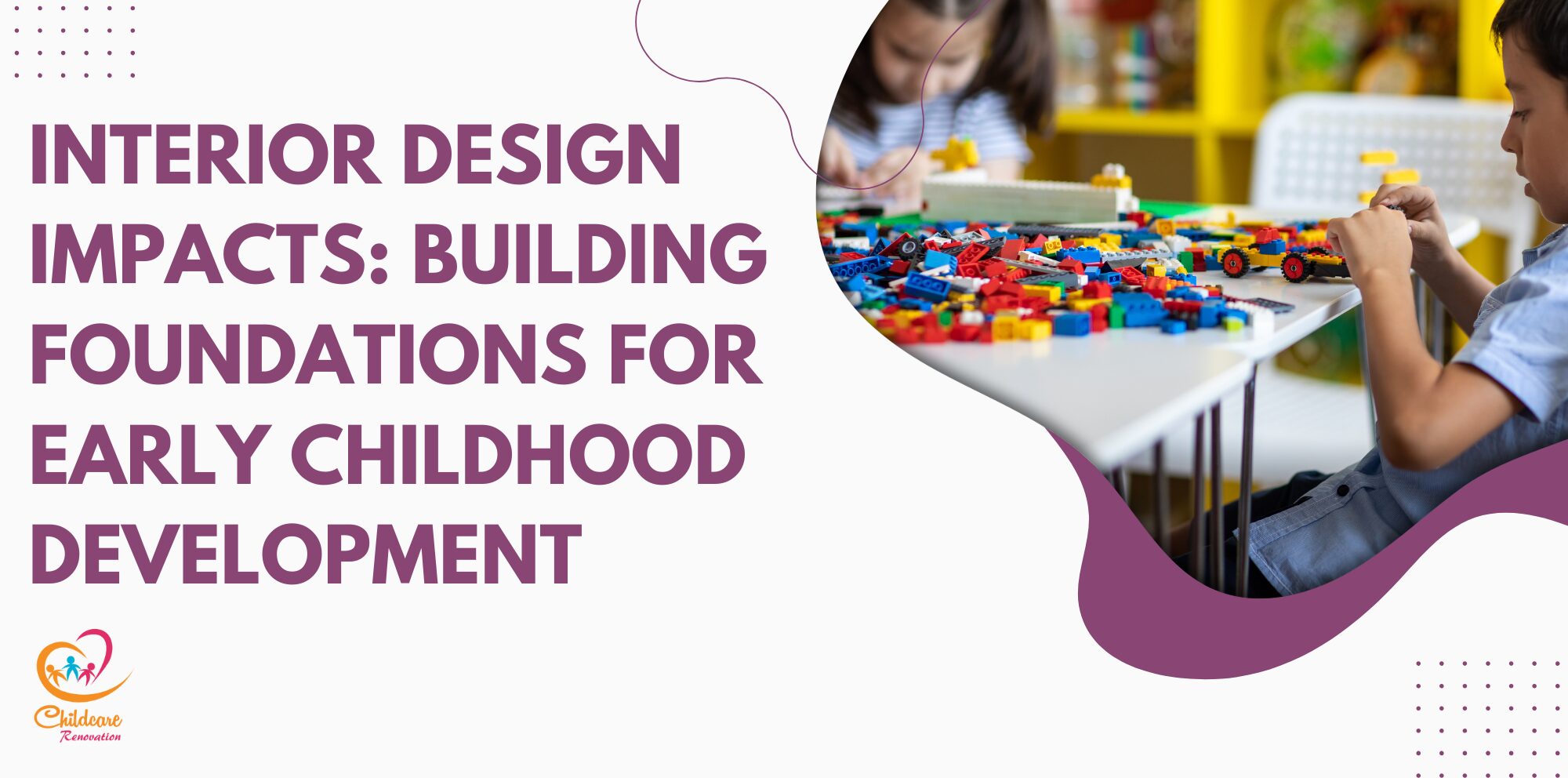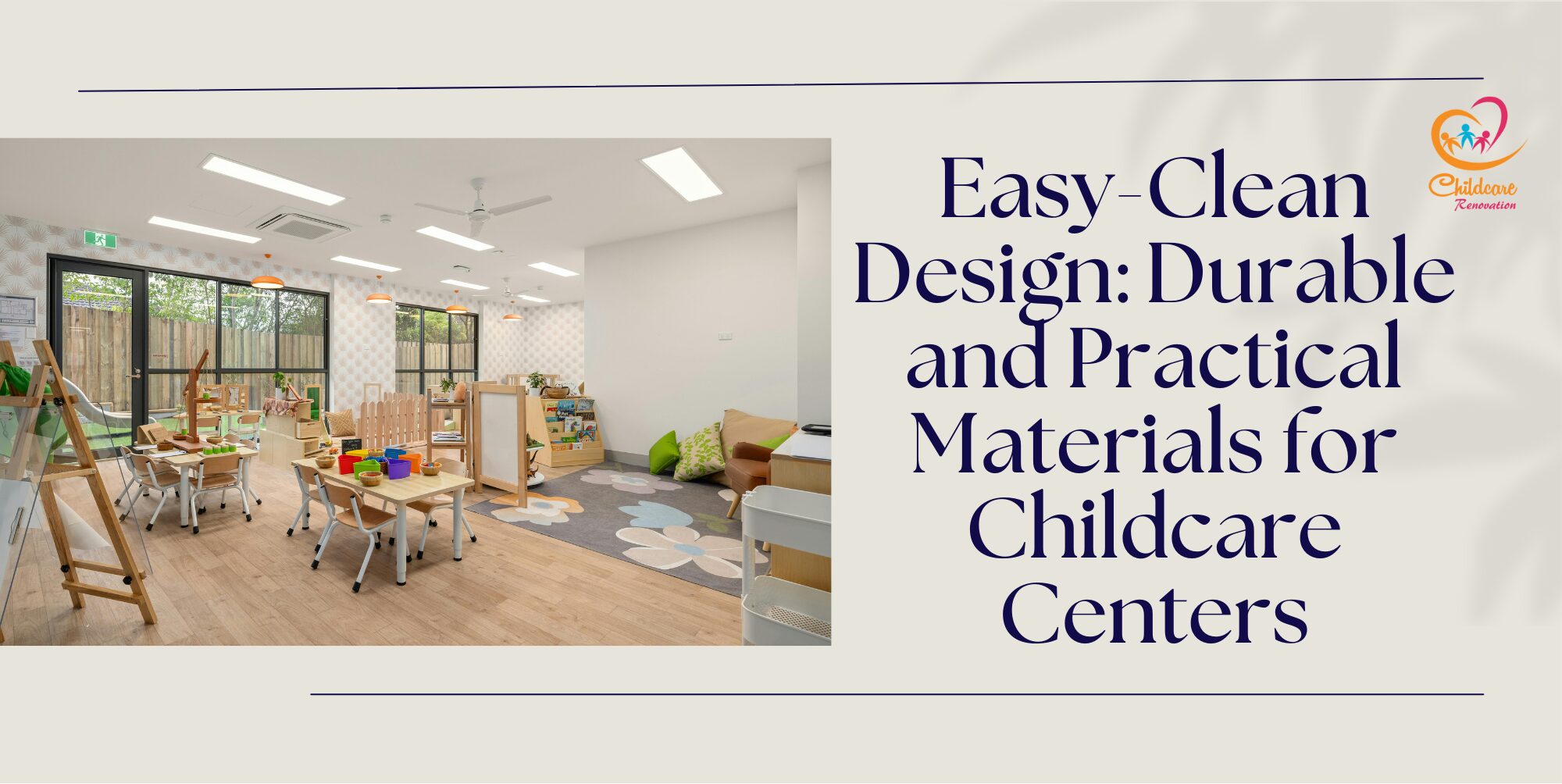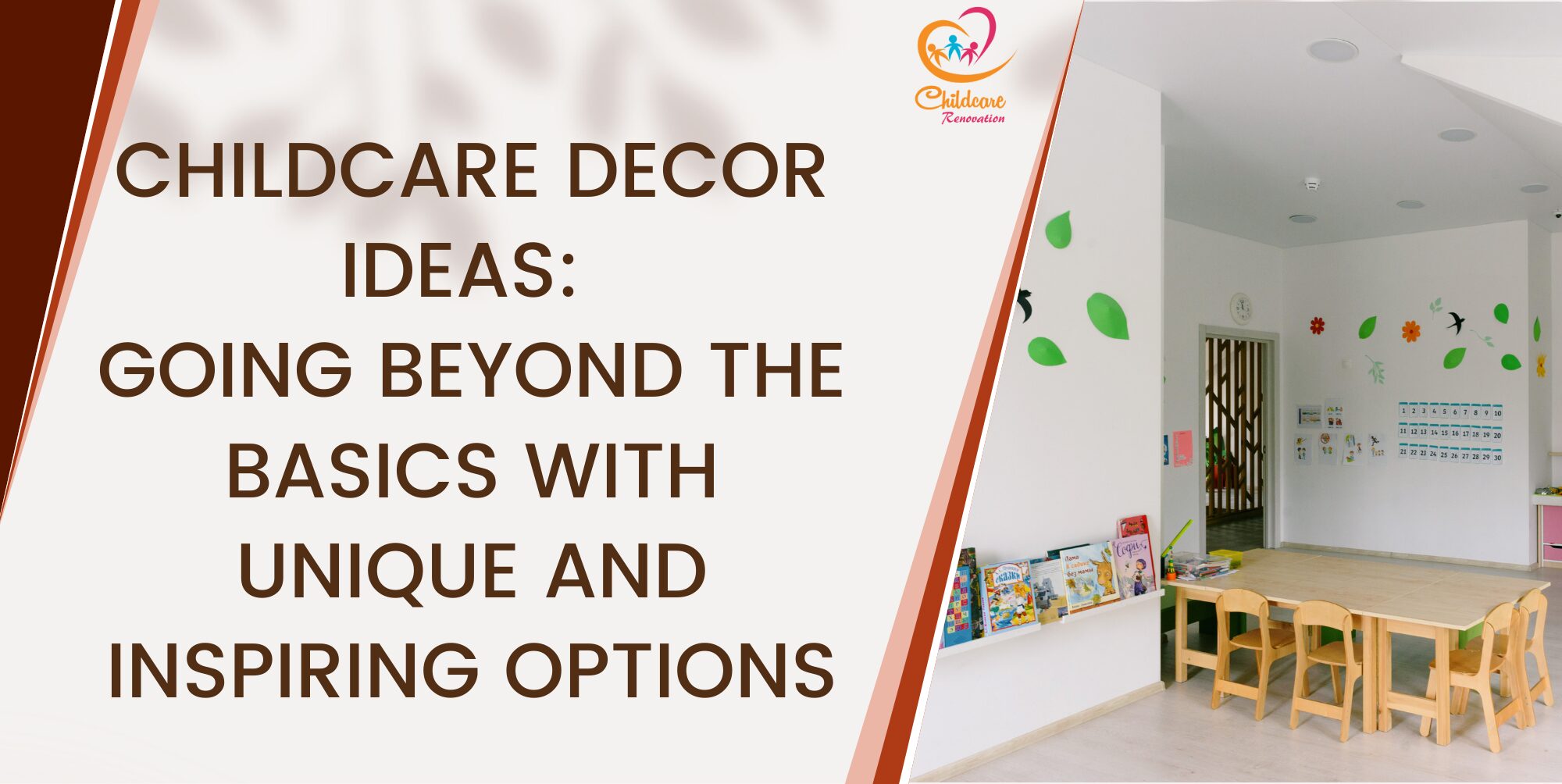Learning through decor is a great way to help integrate educational elements into a daycare setting. There are many ways to incorporate learning elements within the childcare centre. Here are some of the best ways in using decor to enhance learning.
Learning Through Decor 1: Floor Based Learning Elements
By using floor-based learning components, one can creatively incorporate education into daycare design, therefore making learning both interactive and motion-based. Encouraging youngsters to be physically active while strengthening early literacy and numeracy could be best done by including hopscotch grids, number paths, and alphabet trails.
For instance, as a baby learns to count, they can leap from number to number or follow an alphabet trail to reinforce letter identification. To introduce geometry, pattern recognition, and coordination, one can also employ colour-coded tiles and shape patterns. By way of hands-on exploration, these components assist kids to acquire cognitive skills. Moreover, nature-inspired floor patterns or big world maps help kids to grasp environmental ideas and geography.
Early geography can be made interesting and interactive by a map showing clearly marked landmarks, continents, and seas. Moreover, an interactive sensory floor with textures like soft grass-like surfaces, rubber stones, or even light-up panels can supply tactile learning opportunities along with sensory stimulation. Children follow a sequence of pictures, words, or numbers embedded in the floor thanks to storytelling paths, which inspire creative play and language growth another original feature is.
Including learning components friendly to motion helps preschools develop a dynamic, engaging atmosphere supporting both cognitive and physical growth. These floor plans maximise unused space and turn daily activity into interesting educational experiences, therefore under a visually appealing environment stimulating location to support active learning.
Learning Through Decor 2: Educational Furniture And Storage
Including storage and educational furniture in early years design changes learning environments into dynamic rooms that inspire discovery and interaction. For example, bookshelf mazes can be set in amusing, meandering paths that turn reading into an interactive experience and help young literacy levels to develop.
Tables with puzzle pieces to sort, number identification, or problem-solving events built in offer hands-on learning experiences that advance cognitive development. Learning nooks — small spaces with thematic seating like treehouse-inspired reading spots or ocean-themed pods provide cozy environment that encourage reading and narrative.
@silvestre.architecture 🐥🌈 Descubre el encanto en nuestro último diseño “Little Vital”: Diseño de Guardería para Niños 🏫✨ En este reel, te llevamos en un recorrido por el emocionante diseño de “Little Vital”, una guardería diseñada para estimular la imaginación y el aprendizaje de los más pequeños. Desde áreas de juego coloridas hasta rincones acogedores, cada detalle está pensado para fomentar la diversión y la creatividad. ¡Déjate inspirar por la magia de la infancia y descubre cómo creamos un espacio seguro y estimulante para los más pequeños! ¿Quieres más ideas para el diseño de espacios infantiles? ¡Síguenos para descubrir más! #GuarderíaInfantil #DiseñoInfantil #Arquitectura #Interiordesign #architecture
Furthermore including educational features, storage solutions may have two uses. Kids would improve their vocabulary and organisational abilities with cube shelves of labeled bins including pictures and words; colour-coded storage promotes knowledge of colour recognition and classification. Interactivity learning is maintained along with space efficiency via multi-functional furniture like benches with lift-up seating uncovering counting games or tables with chalkboard surfaces. Learning stations could double as wall-mounted organisers, equipped with magnetic boards for letter-matching games or interactive schedules for teaching days, months, and weather.
Incorporating these educational components into furniture and storage allows daycare facilities to naturally mix learning into daily interactions, therefore creating an engaging, immersive experience. Carefully chosen furniture encourages independence, inventiveness, and problem solving as well as helps to maximise room, therefore making sure the childcare setting promotes well-rounded child growth.
Learning Through Decor 3: Interactive Walls And Murals
Turning inactive areas into interactive learning environments, interactive walls and murals help to incorporate educational components into early childhood design. Among the best strategies is the use of alphabet and number walls, on which big, vivid letters and numbers help to support early literacy and numeracy abilities.
Then kids can actively interact by touching, moving, or fitting textured or magnetic letters on these walls. Thematic murals such space, sea, or jungle scenes create immersive experiences that expose science and geography ideas. A mural of the solar system could have interactive planets with amusing tidbits or QR codes connecting to brief instructional films, for instance.
Sensory wall panels with various movable components, patterns, and textures encourage tactile learning and therefore improve small motor abilities. Including whiteboard or chalkboard walls allows youngsters to solve problems, write, and show creativity. Felt or Velcro walls likewise give children the ability to connect and move components including letters, weather symbols, or animals, hence improving hands-on, dynamic learning. Interactive storytelling walls is another creative idea; parts of a mural change over time to introduce fresh narratives or ideas.
Using mirror walls with shape outlines can also assist kids to better understand symmetry and body awareness. Designing walls that encourage touch, discovery, and interaction transforms child care spaces into lively educational centres that promote cognitive, sensory, and artistic growth and instil a love for education from an early age.
Learning Through Decor 4: Sensory And Movement Elements
Including sensory and movement components in children’s surroundings helps to promote intellectual growth as well as active learning. By stimulating sensory exploration and enhancing motor skills, tactile routes with different textures such as lawn-like carpets, rubber pebbles, and smooth tiles help.
Movement zones and climbing walls created with soft, padded fabrics encourage strong motor skills, coordination, and self-assurance. These help to improve spatial awareness and balance hence movement becomes a fascinating learning instrument. Children can explore auditory learning and improve coordination and rhythm with music and rhythm stations featuring wall-mounted xylophones, drums, or floor keyboards. Multi-sensory walls offer interactive experiences that excite curiosity by means of various materials, colours, and embedded learning tools such as braille letters, gears, or sliding puzzles.
@yeahteacher Part 1 of infinity because is a classroom ever really finished #teachersoftiktok #preschool #preschoolteacher #cricut #design #classroom #classroomsetup #create #diy #fyp #interiordesign #classroomdesign
Visual engagement and interactive storytelling is supported by light-based play zones consisting of shadow projector corners or colour-changing LED panels. Exploration corners based on texture and scent introduce youngsters to various substances like water, sand, or scented herbs, allowing them to connect sensory experiences with academic ideas. These design choices turn motion into an educational activity meant to appeal to several learning styles and levels.
Furthermore, adding calm sensory areas such as softly light corners with weighted blankets and soft pillows assists youngsters to self-regulate and move from one quiet moment to an energetic one. Care environments become dynamic areas that support holistic child development, creativity, and learning by carefully incorporating kinetic and sensory experiences into interior design.
Learning Through Decor 5: Nature Inspired Learning
In childcare design via decor, incorporating nature improves both learning and general wellness. One good strategy is including indoor gardens where kids may grow small veggies, herbs, or even house plants. These green areas help youth to learn basic biology as well as patience and discipline.
Sensory investigation and connection to the environment are promoted by using natural materials like stone textures, wooden furniture, and bamboo elements. Creating an immersive nature-inspired ambience, wall decor might comprise botanical murals or tree-shaped bookshelves. Learning zones for animals and insects including butterfly gardens, aquariums, and ant farms nurture interest in ecosystems and life cycles. Furthermore, window positions and skylights can maximise natural light, therefore benefiting concentration and mood.
Children can investigate nature by touch using sensory pathways with several textures such pebbles, grass-like carpets, or smooth wood. Outdoor-inspired colour schemes including earthy greens, sky blues, and sunlit yellows help to transform a tranquil, interactive study environment. Also creative are soundscapes, in which nature sounds such birds chirping or water flowing are gently incorporated into the surroundings to help learning and calm. Further captivating children are wall-mounted educational panels highlighting seasons, plant growth cycles, or weather changes.
Including nature-inspired interactive play, such wooden climbing structures or tree stump seating areas, helps to encourage physical activity while keeping a natural theme. Not only do these design features make the space artistically appealing, but they also encourage a respect for the environment that stimulates inquisitiveness and practical natural world knowledge. Childcare facilities can create dynamic, instructional, and calming settings by surrounding kids with nature-inspired decorations.
Speak with The Experts
Planning to get started at your kindergarten but have no idea about it?
Childcare Center Renovation Singapore is a reliable company for renovation and interior design. They have about ten years of experience in this field and have a good reputation among customers.
Call us now to get your desired kindergarten design ideas now!

